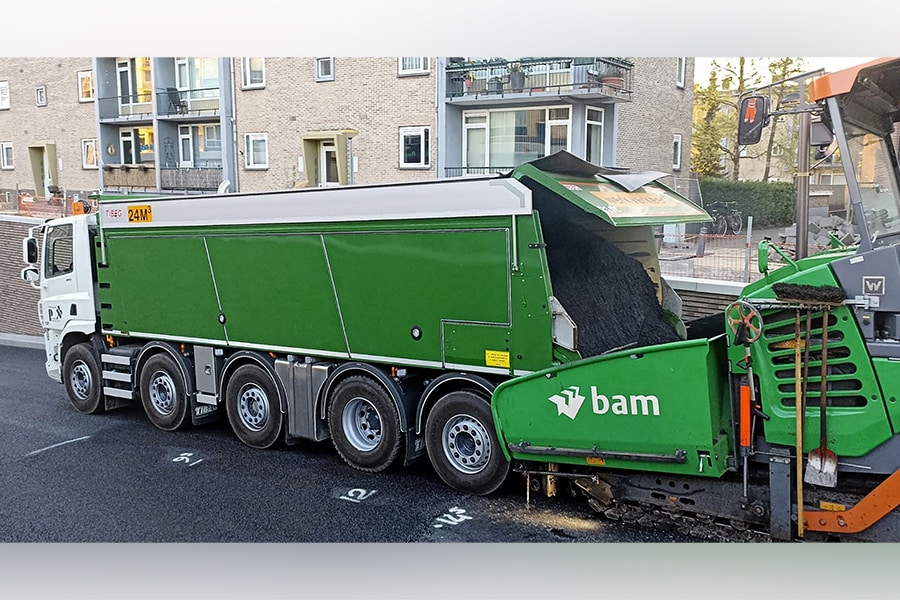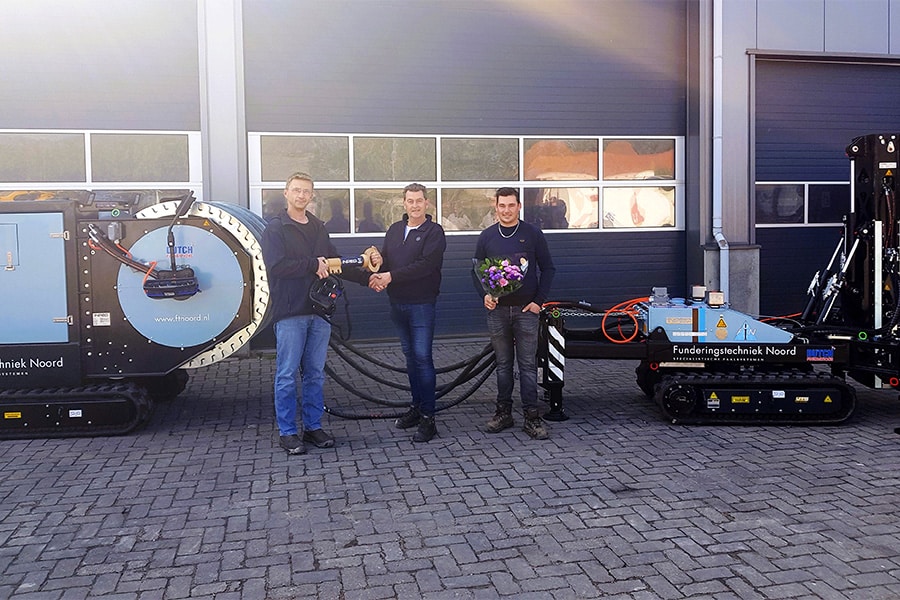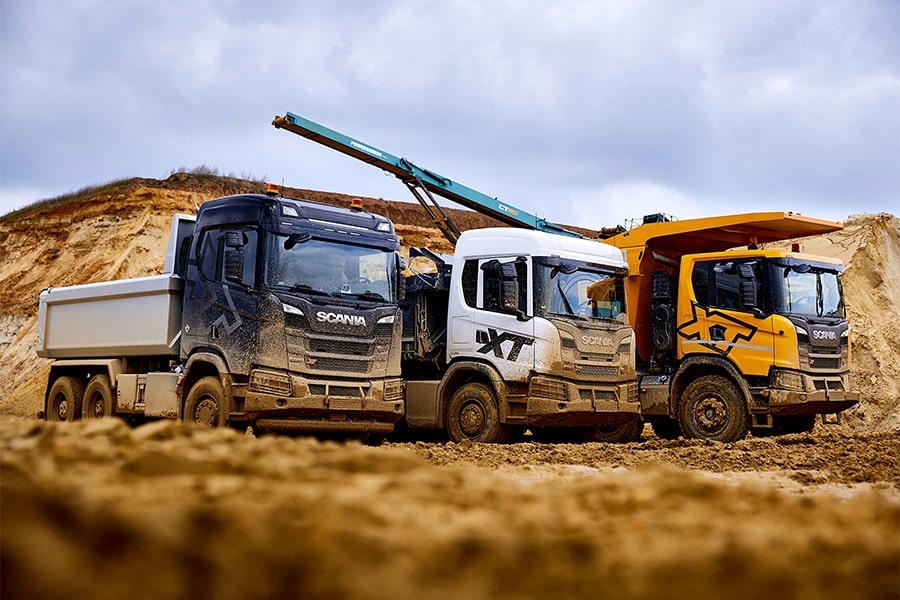
Measuring poles for water, air and soil specific information
In Dutch inland waters and along the coast, there are measuring poles equipped with equipment that generates important data. These are data on water levels, subsidence and salinity of the water. The tubular steel poles are equipped with a platform to which measuring equipment is attached. This measures water levels, wave heights, wind, water salinity and subsidence. The data collected is continuously and automatically transmitted to a data center of the Department of Public Works (RWS) where this information is maintained and used for various purposes.
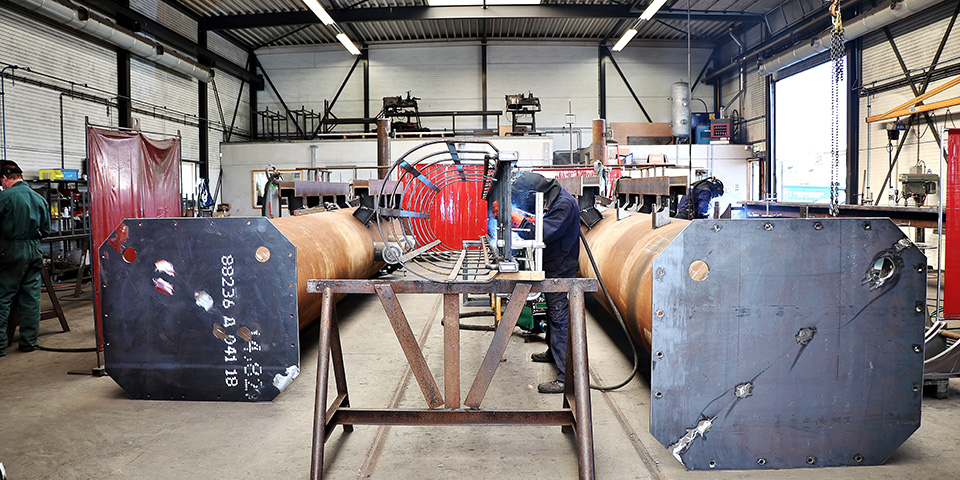
Realization of measuring poles in the steel hall of De Boer & De Groot.
Specialist in measuring poles
Family business De Boer & De Groot Civiele Werken BV in Harlingen supplies and installs these measuring piles. Like no other they know the numerous possibilities of processing steel, wood and concrete for hydraulic engineering purposes. For example, in marinas and for bridges, lock gates and sheet piling. Meanwhile, the company has accumulated years of experience in the manufacture, repair and installation of measuring piles. Herke de Groot, director of De Boer & De Groot: "In 2010, we participated in a tender issued by RWS for the repair and replacement of the part protruding above the water of ten measuring piles in the North Sea, above Vlieland, Texel, Terschelling and off the coast at Petten and Cadzand. We carried out this work in 2010 and 2011. And by now we can call ourselves specialists, because after that the assignments followed each other in rapid succession."
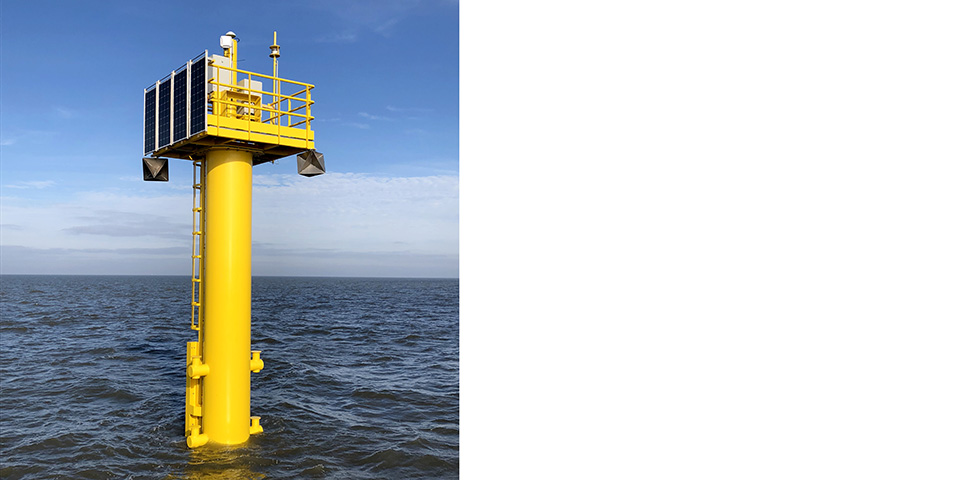
Measuring pole in the Wadden Sea.
A few examples
For example, in 2015 the company was awarded a contract by BAM Infra Verkeerstechniek to provide multi-year maintenance of the National Water Monitoring Network. This is the RWS monitoring network with fixed measuring points for real-time monitoring of water quantity, quality and meteorology for water and shipping traffic management. This required the replacement of measuring poles. De Boer & De Groot was approached for this work. Together with BAM and DEKIMO, they realized the measuring poles in 2016 in a construction team. "We then installed new measuring piles in the Maas near Maastricht and in the Rhine near Lobith. In addition, we replaced measuring poles in several places," De Groot says. "In Maastricht, for example, we drove a new steel tubular pile 25 meters long and placed a platform on top of it. We also constructed an access bridge to facilitate maintenance and inspection."
In 2018, the company was engaged to realize and install two permanent and five temporary measuring poles in the Wadden Sea. "In a construction team context, we worked out the design of the measuring system into a Definitive Design and a Construction Design," said Henk Dokter, design manager at De Boer & De Groot. This resulted in permanent steel measuring piles of Ø 1,106 millimeters and 33 meters long. They were placed with the pile tip at 25 meters -NAP in the Pleistocene sand layer and equipped with a GPS measurement system, as well as a direct G4 telecom connection through which measurement data are collected and transmitted 24/7. The temporary measuring points are made of Ø 559*10 steel tube sections with the pile tip also at 25 meters -NAP. The temporary has to do with the fact that the information is collected during a measurement cycle of one week per year. "A special project," De Groot further notes. "On the mud flats with all the specific flora and fauna, we were not allowed to cause nuisance and environmental pollution and you also had to deal with the tide. A challenge!"
